Why Designers Always Start, But Never End, With Layering – 10 Ways They Build Depth Into Every Room
The most interesting interiors don’t feel finished all at once. Designers explain how layering lets a space evolve, piece by piece

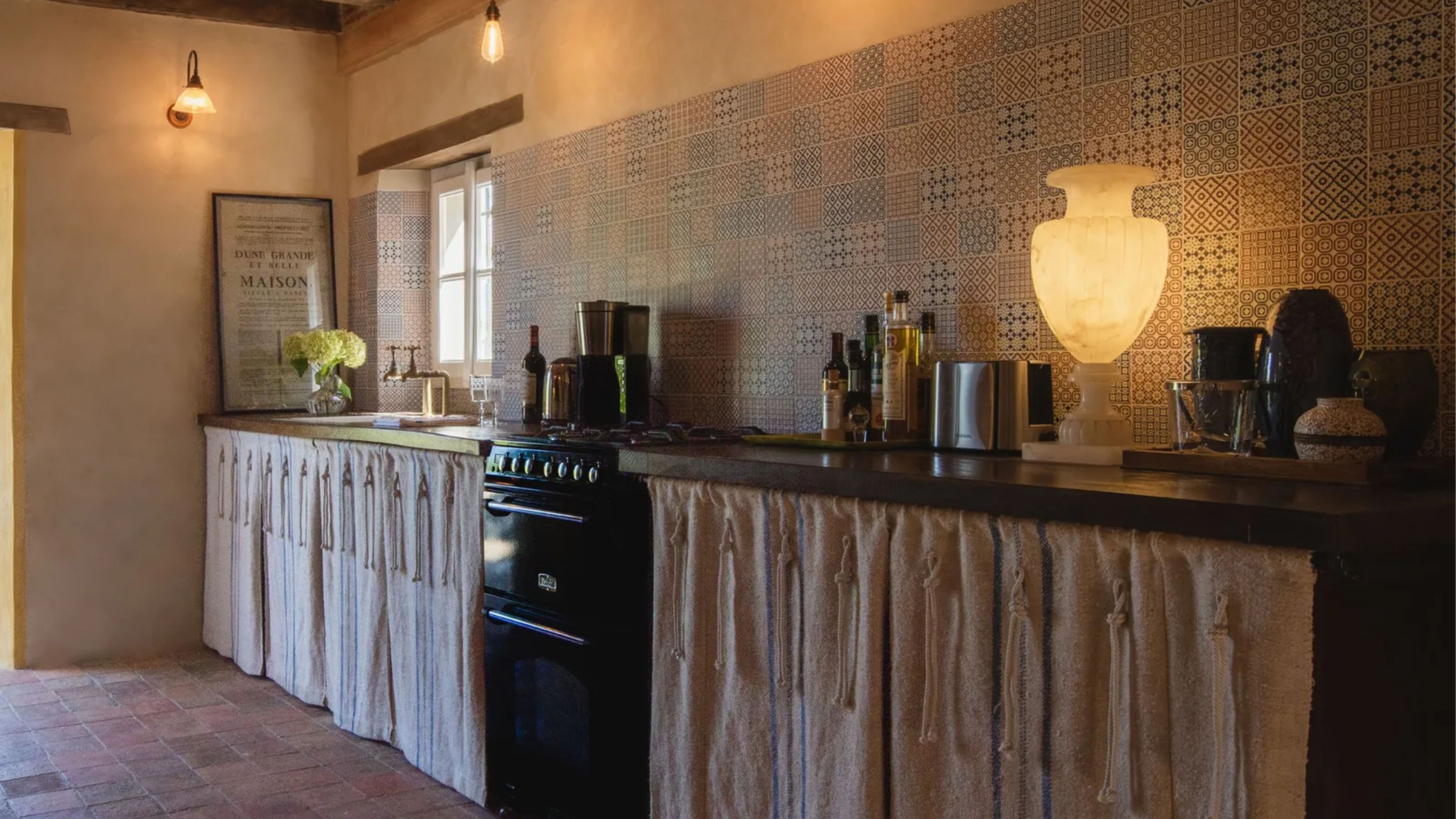
We hear about layering endlessly: in the way characters are built in our favorite films, in the white shirt peeking out beneath a crewneck, and, perhaps most of all, from interior designers insisting we layer, then layer again.
In interiors, though, layering isn’t really about adding more. It’s about creating depth. A room without it can feel finished but not lived in. Regardless of aesthetic, that sense of inhabitation is usually the goal. Layering isn’t seasonal, and it’s not a maximalist loophole. It’s what gives a space evidence of real use, and ultimately, authenticity.
Yes, layering can be as simple as a throw at the foot of the bed, but this interior design principle doesn’t stop there. There’s a logic to it, even when the result looks effortless.
Ahead, designers break down the ways they layer to make rooms feel softer, more dimensional, and, most importantly, theirs.
What is Layering and Why is it Important?
‘Layering is the art of combining contrasting textures, shapes, materials, and scales to create a room that feels intentional, collected, and visually dynamic,’ notes Sarah Hart, owner and principal designer at Charleston-based Sarah Hart Interior Design. ‘Without layering, a space can fall flat, especially in luxury homes where the goal is a sense of depth and quiet richness.’
To put it into practice, Sarah offers a simple visual. ‘For example,’ she continues, ‘imagine a living room with an oversized, plush sofa and chairs that are also oversized and plush. The room immediately feels heavy. Layering corrects that by introducing counterpoints: if the couch is deep and comfortable, perhaps the chairs should be lighter, more architectural, maybe a beautifully framed wood silhouette.’
Ultimately, layering is essential for achieving a warm, lived-in look – but it also underpins many of the other design principles we tend to take for granted. According to Sarah, it’s foundational to balance and proportion as well. ‘Designers rely on layering because it creates balance, rhythm, and sophistication. It’s what separates a room that feels “decorated” from one that feels designed and effortless.’
Design expertise in your inbox – from inspiring decorating ideas and beautiful celebrity homes to practical gardening advice and shopping round-ups.
10 Ways Designers Use Layering in the Home
Layering isn’t clutter, and it’s rarely about throw blankets alone. Designers use it to introduce contrast, create depth, and signal how a space is meant to be lived in. These are the moves they rely on to create dimension, signal taste, and give a space its personality, one layer at a time.
1. Beginning With the Base
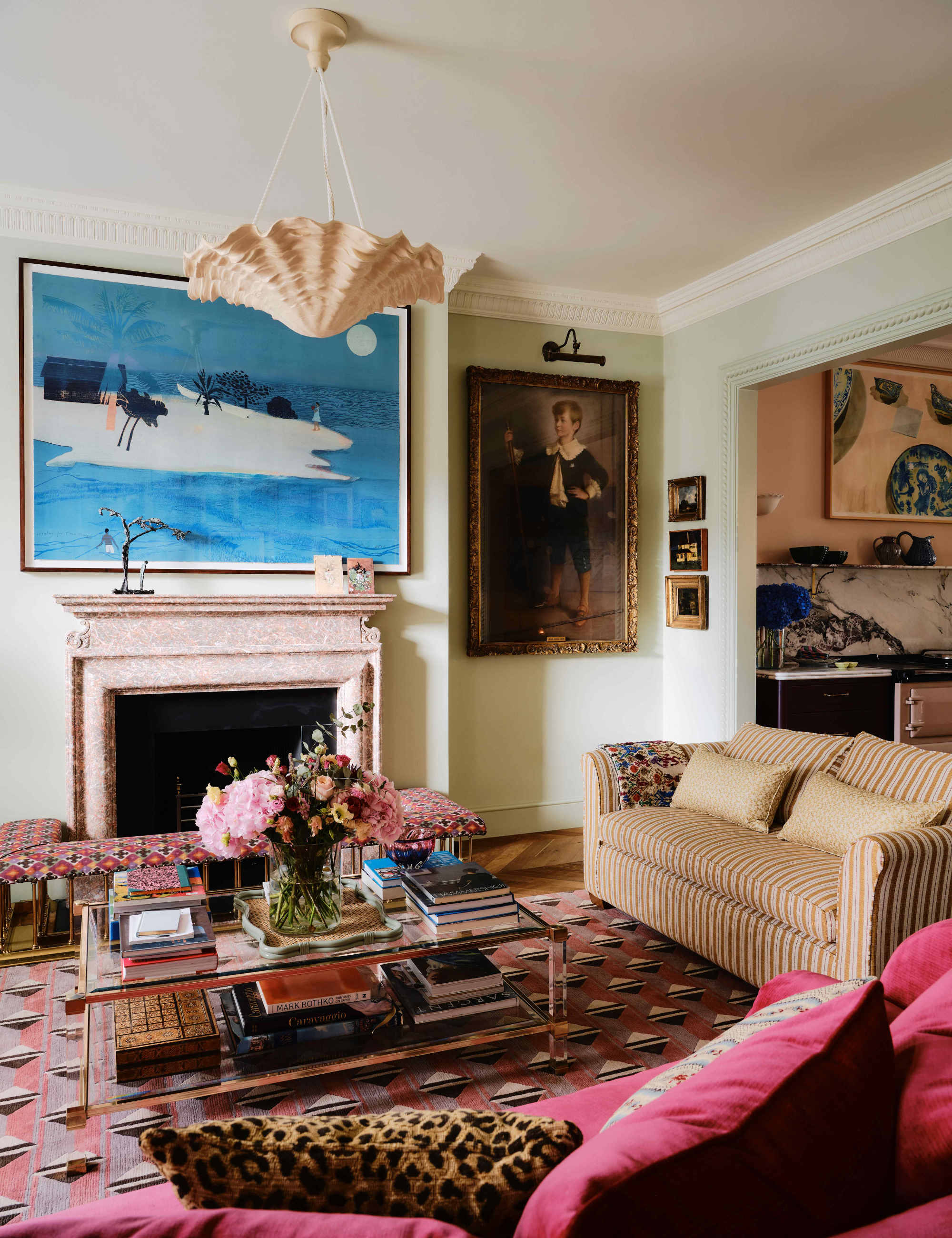
Every layer that follows depends on the first. Designers treat the base as non-negotiable – the visual and material groundwork that everything else responds to. Get this wrong, and no amount of styling on top will save it.
‘Begin with a grounding layer,’ urges Madelynn Hudson of M.H. Interiors. ‘This includes the rug, wall color, or architectural elements that set the tone for every subsequent decision. When this layer is right, everything else has a clear direction.’
Before getting distracted by accents and add-ons, designers focus here. The base doesn’t need to be loud, but it does need to be considered.
2. Softening the Hard Edges

Some of the most effective layering moves are also the most familiar – textiles on tables, beds, and seating – but it’s the intent behind them that matters. Textiles are what temper architecture, soften sharp lines, and keep a room from feeling severe.
‘I use textiles to soften hard surfaces and bring warmth into a space,’ says Lauren Carlucci of Lauren Carlucci Studio, based between New York and Wyoming. ‘I love mixing soft upholstery like pillows, quilts, and blankets with bolder elements like curtains that break up a wall of windows or layered rugs that add a more lived-in feel.’
The key to comfort (visual or physical) is thinking beyond a single fabric moment. ‘This can be applied by thinking beyond a single rug or fabric,’ she adds. ‘Try layering a wool rug over sisal, or mixing linen, wool, and cotton within the same room to create a richer sofa. Don’t be afraid to mix patterns and colors, there are no rules!’
3. Layering Materials, Not Just Objects
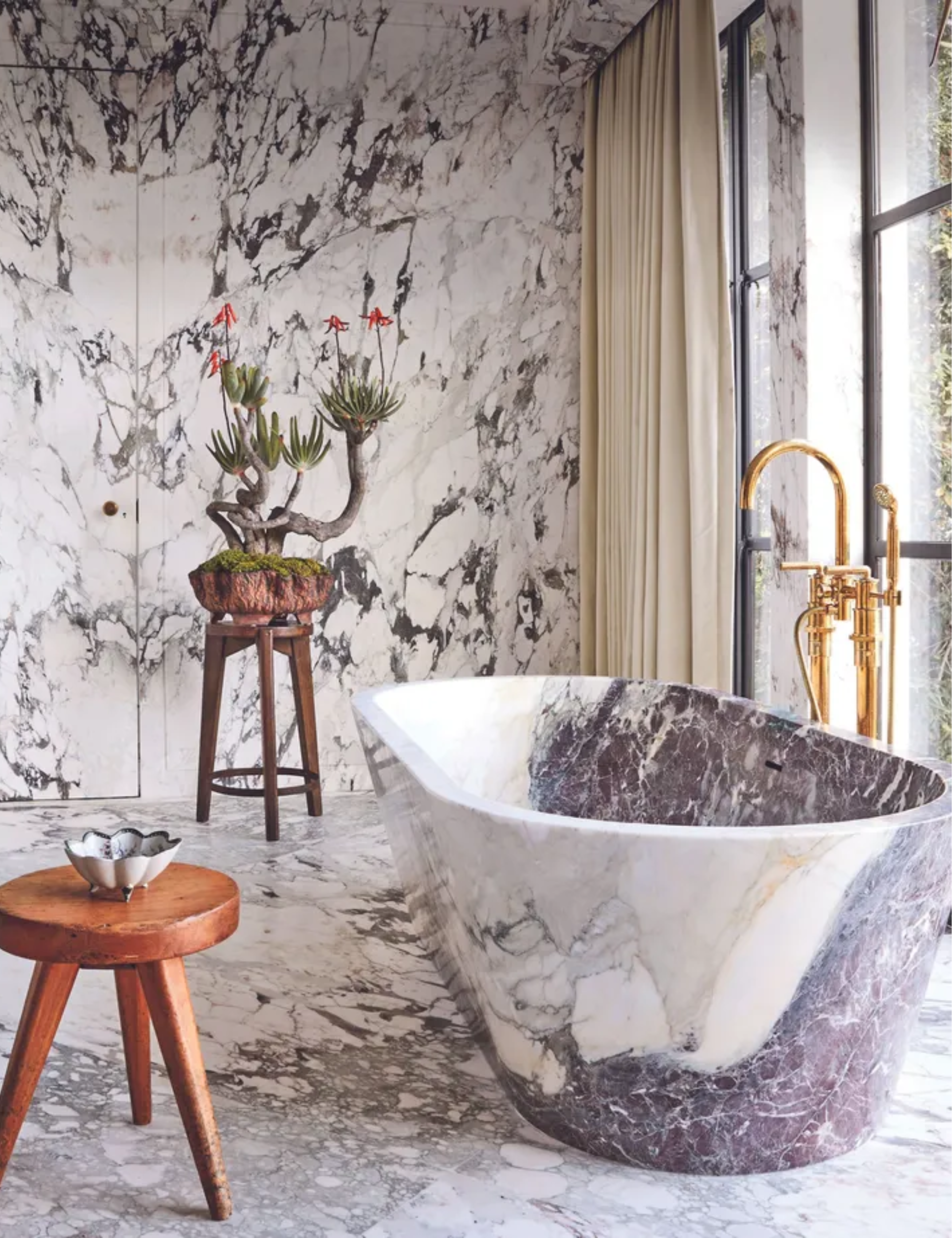
That metal-based lamp with the linen shade isn’t compelling because of its shape – it’s compelling because of contrast. The intrigue comes from layering materials that behave differently in light, temperature, and touch.
‘Combine materials with intention,’ urges New York-based designer Madelynn Hudson. ‘Stone, metal, wood, glass, and textiles each bring something unique. Balancing warm and cool materials creates tension and interest.’
This approach also gives you permission to abandon the idea that materials need to match. Especially in rooms where textiles are limited, material contrast does the heavy lifting. ‘This is a great way to add depth in bathrooms and kitchens where you have fewer textiles to lean on,’ notes Jess Weeth of Weeth Home, who, having pioneered the 'Eastcoastal' aesthetic, knows a thing or two about stylistic crossovers. ‘Two of my go-to complementary combos are antique brass with iron and unlacquered brass with polished nickel,’ she explains.
4. Differentiating the Lighting
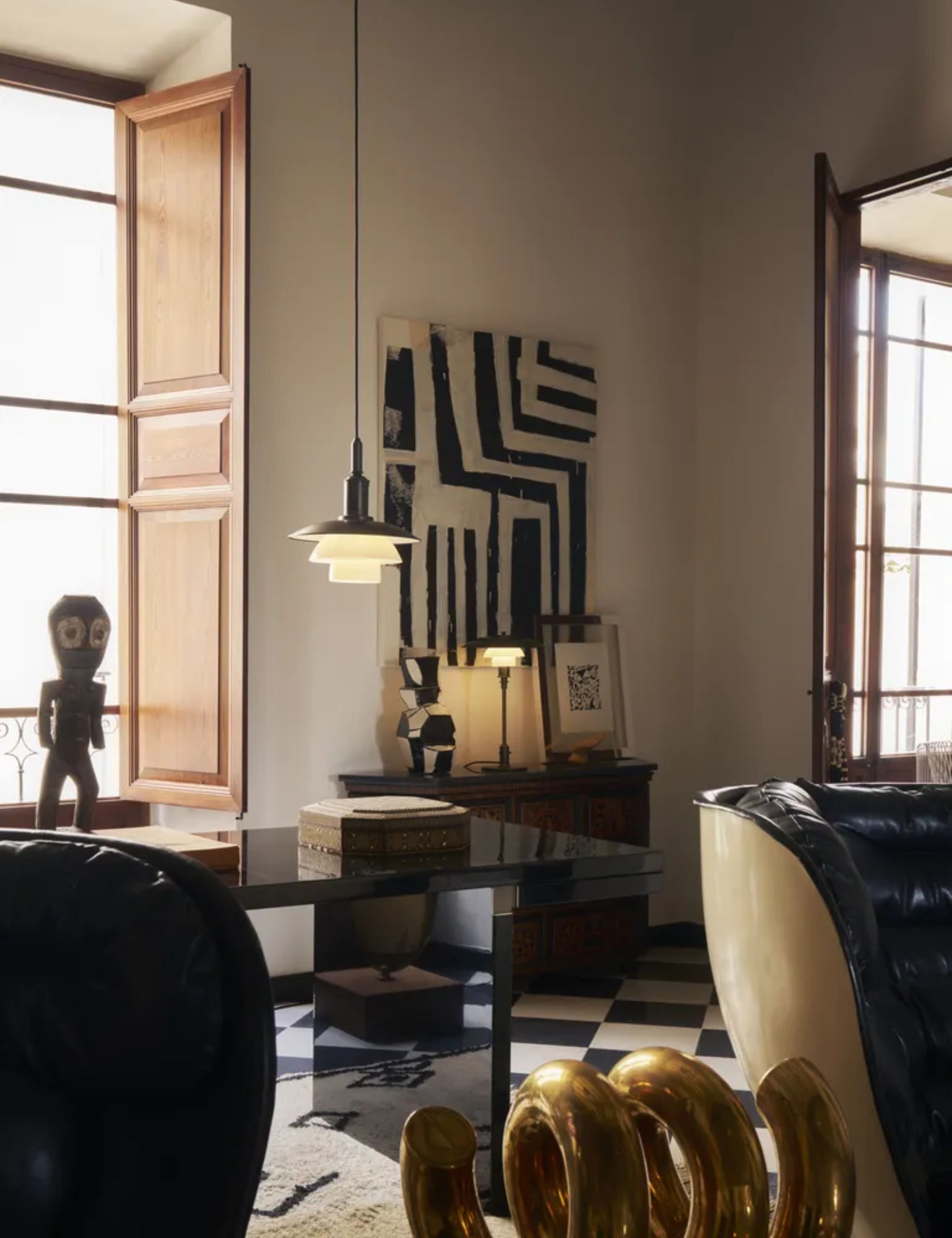
The conversation around ‘big lights’ has made one thing clear: lighting works best when it’s layered. Not to make a room brighter, but to give it range.
‘Layering lighting is so critical to a warm and inviting space,’ says Jess Weeth. ‘Ceiling fixtures are usually the more obvious focus, but I find it’s really sconces, lamps, and art lighting that can take a space from good to amazing,’ she continues.
This is also where a hero piece should be treated accordingly. A work of art, a sculptural object, an architectural detail you genuinely care about should have a light source of its own, considered within the larger lighting plan. ‘Make sure you are lighting walls and key pieces in the space, not just the floor, as rows of recessed lights tend to do,’ Jess cautions.
5. Playing With Shape and Scale
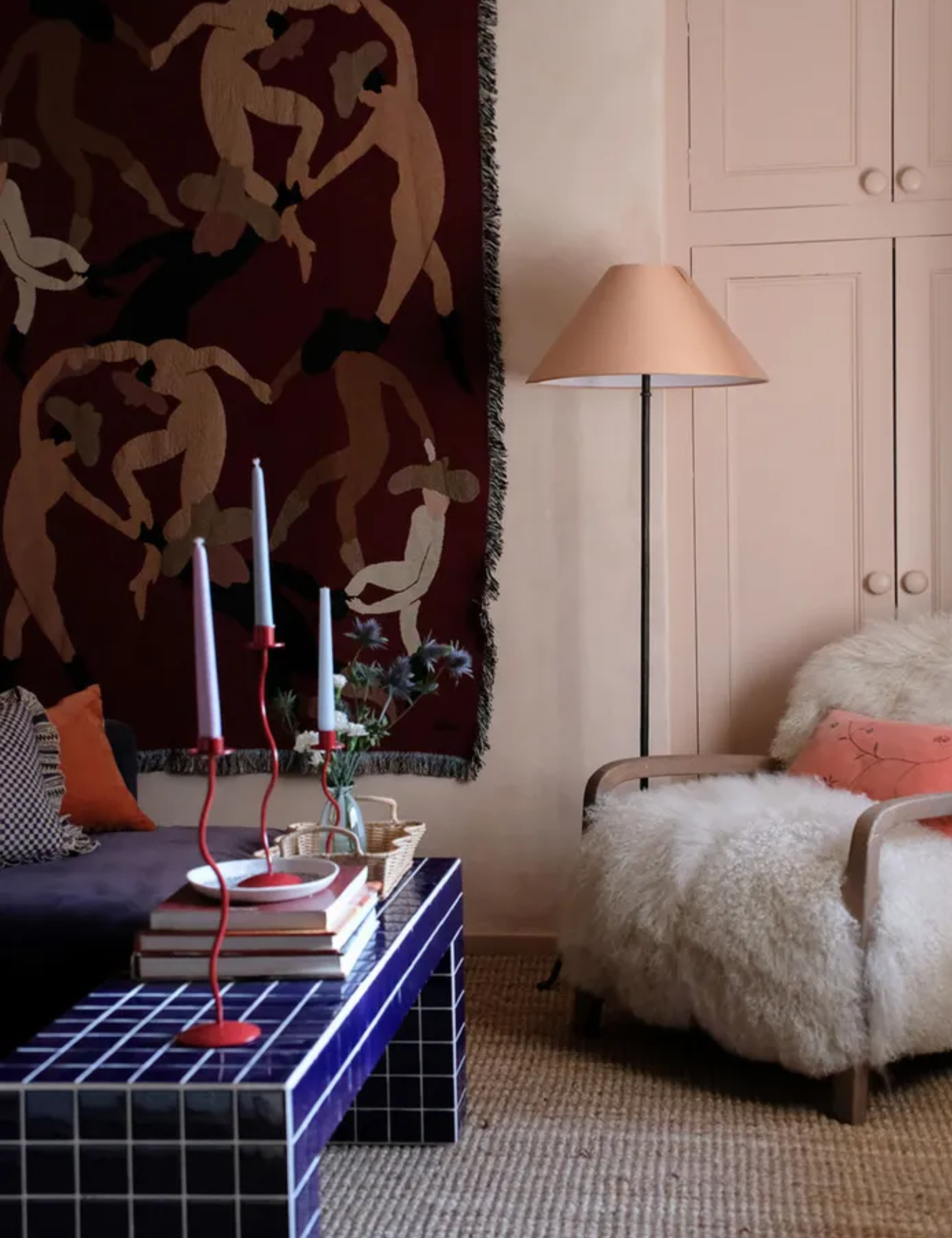
A square peg doesn’t need to fit into a round hole for layering to work. Quite the contrary. That friction between shape and size is what pushes a room beyond the obvious.
‘Mix silhouettes,’ advises Madelynn Hudson. ‘Pair curvy forms with linear ones, or slender pieces with weightier ones. Variation in shape creates visual movement and keeps the room from feeling static,’ she explains.
Scale matters just as much. ‘Mixing large-scale pieces with smaller ones keeps things from feeling stiff or overly symmetrical,’ adds Cheryl Stauffer of Crimson Design Group. The order, she notes, is strategic: ‘Always place the biggest pieces first. Once those are set, add smaller items. I almost always err on the side of less rather than more.’
6. Mixing High with Low
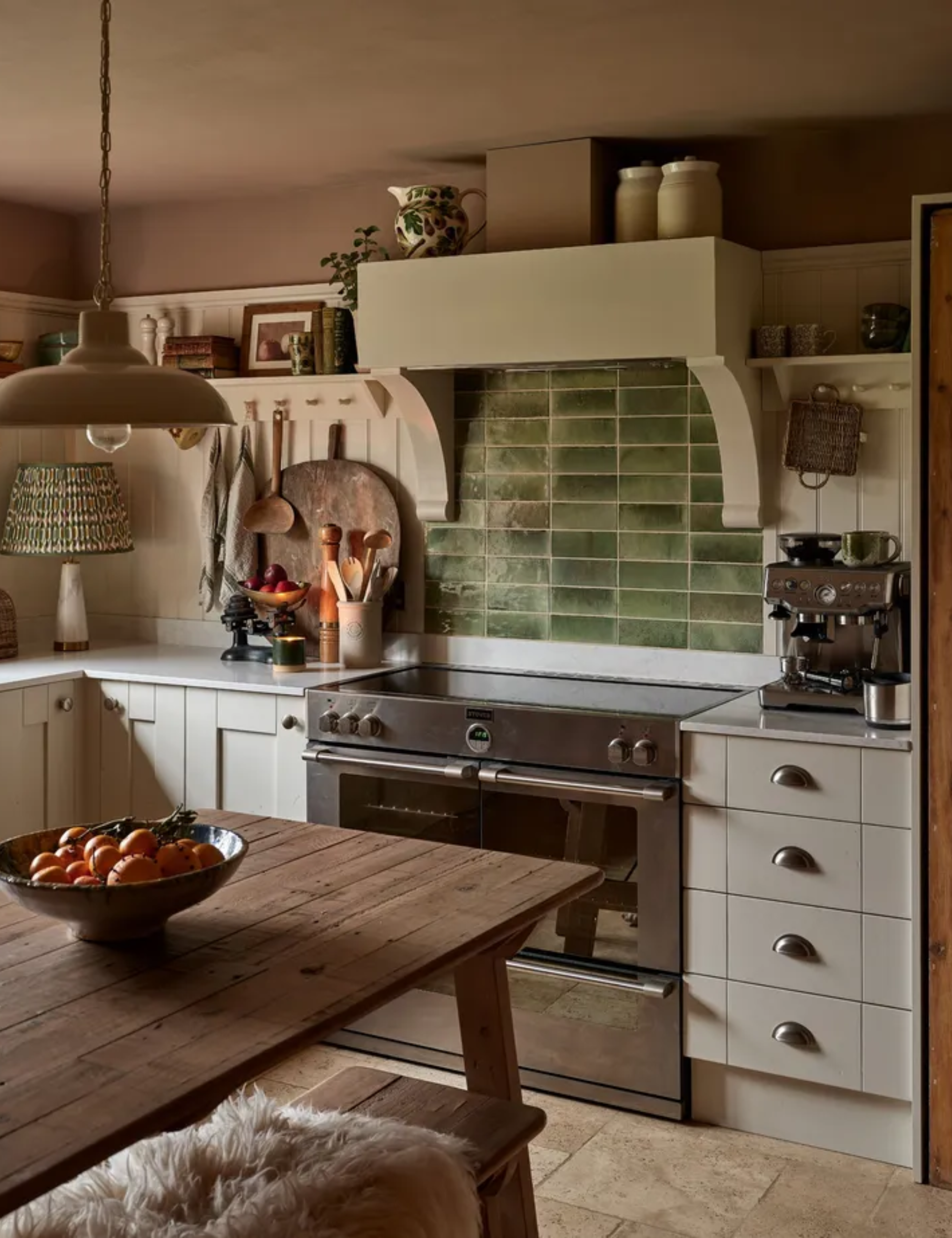
There’s almost as much conversation around mixing high and low as there is around layering itself. Think of the woman who always looks impeccably polished, head to toe. You assume The Row, but look closer, and her sweater might be Quince.
In interiors, the same sleight applies. Layering luxury pieces with more accessible ones elevates the latter while making the former feel less precious.
‘A French Deco table can sit next to affordable textiles from IKEA or World Market,’ notes Dan Mazzarini, principal designer and creative director at Mazzarini & Co. ‘It’s the mixture that makes the room interesting, not the price tag.’
7. Balancing Old with New
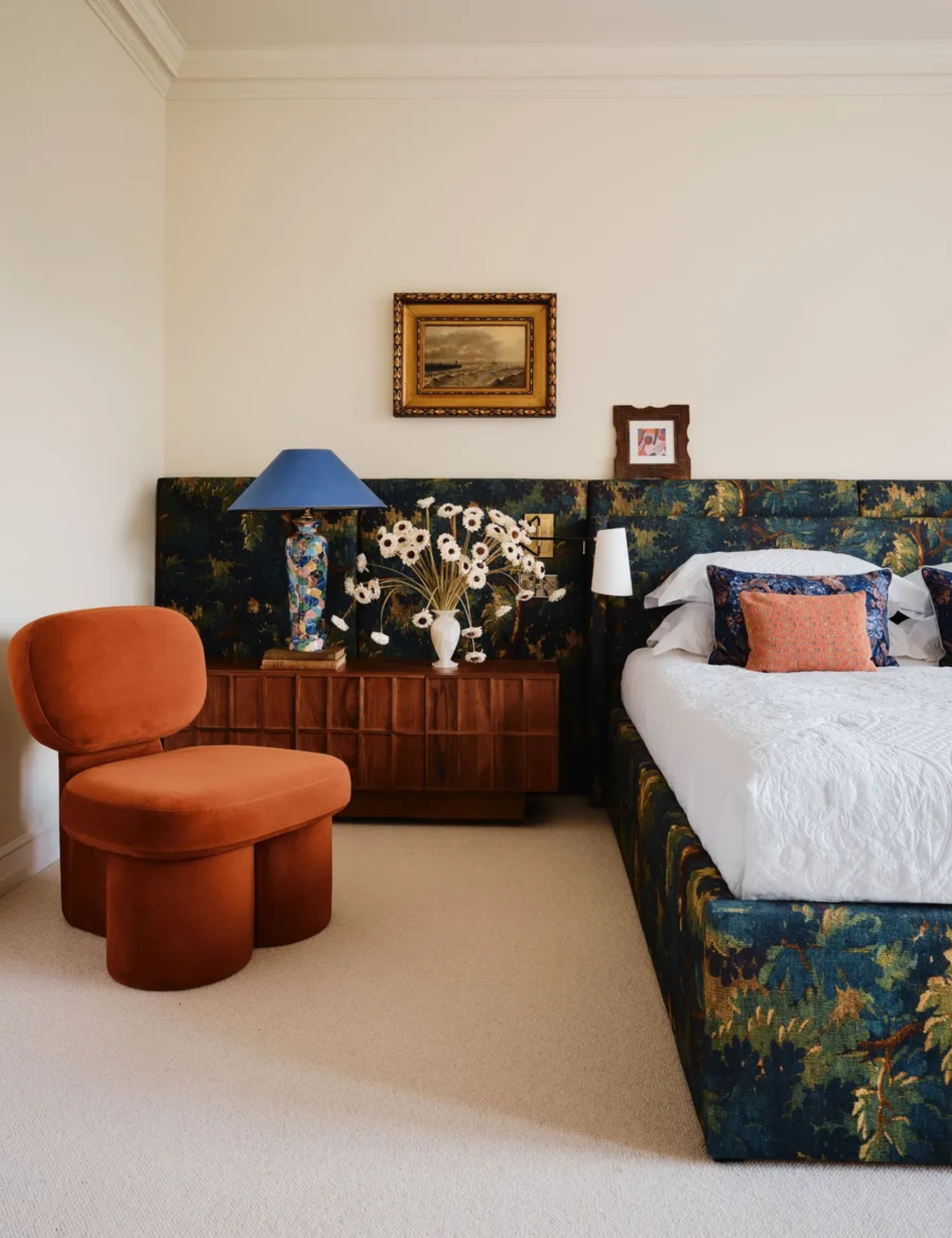
Following the vein of high-low dressing, mixing old with new sharpens both. Vintage pieces gain relevance; contemporary ones feel rooted in something real.
‘One of the best ways to create patina is by mixing pieces from different eras,’ shares Lauren Carlucci. ‘I’m always drawn to pairing something contemporary with something that feels worn, handmade, or inherited. It brings a sense of story to a space and prevents it from feeling stale.’
‘This might mean placing a modern-shaped sofa next to an antique side table, or hanging contemporary art above a vintage chest,’ she continues. ‘All of my favorite rooms mix up the period and style of these accent pieces, and it makes it feel so much more special,’ agrees Jess Weeth.
8. Leveraging Literature
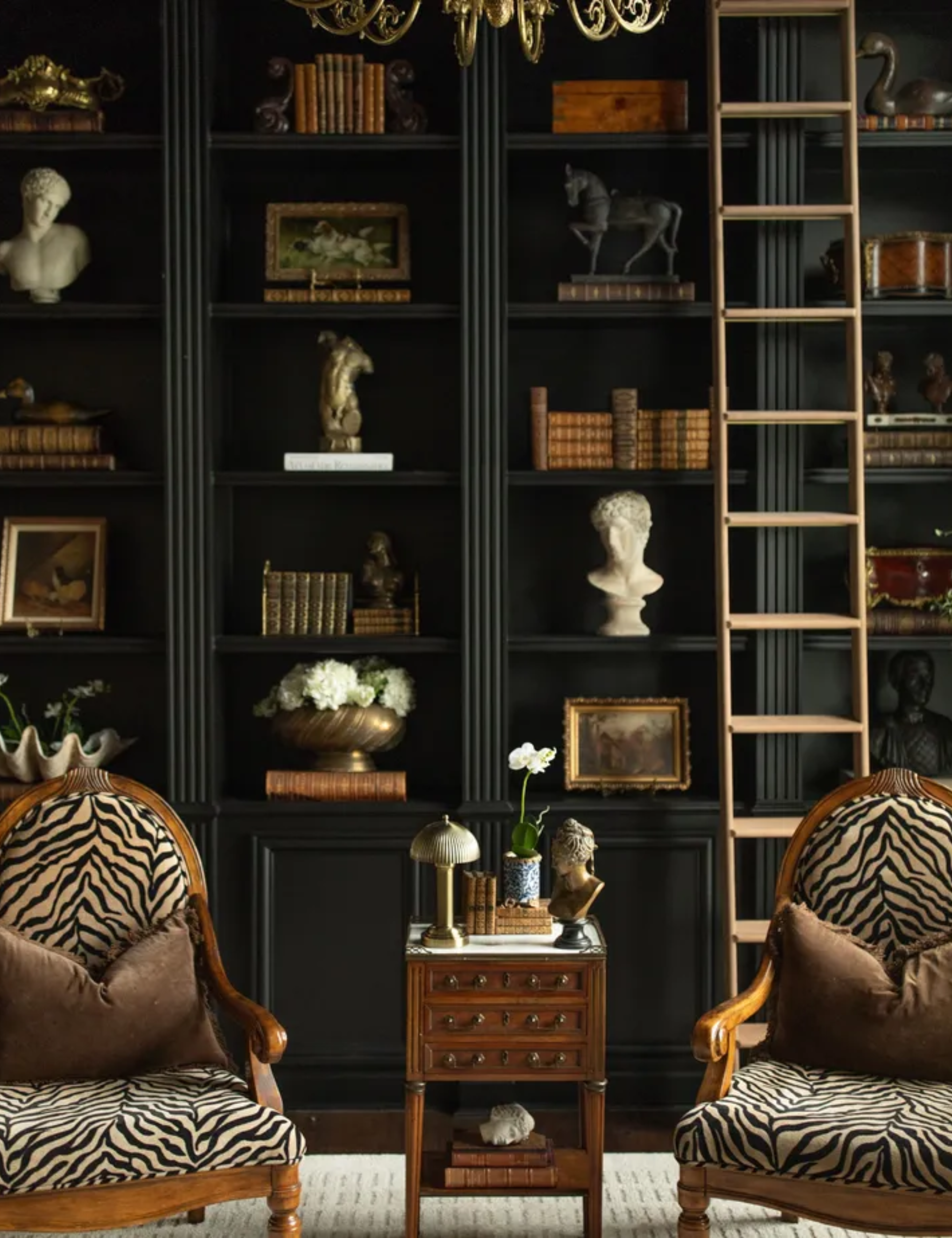
Layering with… literature? It sounds unlikely, but it works. Designer Cheryl Stauffer often uses books as a starting point when building layers across surfaces throughout a home.
‘Books are one of my favorite tools, whether I am styling a bookcase or a coffee table,’ she explains. ‘I start with a lot of them. Sometimes all the same color, sometimes two or three colors, mixing large coffee table books with smaller ones. Then I fill in from there.’
In this context, each book becomes exactly what layering is meant to be: another layer in the visual story.
9. Using Pleats and Skirts

That skirted vanity chair might not register as a layering move at first glance – it reads as a statement piece, or simply a good slipcover. But pleated and skirted furniture is, in itself, a kind of pre-layering, offering built-in volume and softness.
‘Pleats and shirred skirts have really seen a resurgence, and I love layering different scales and constructions for a full but varied look,’ explains Delaware-based designer Jess Weeth. ‘A box-pleated sofa skirt and a shirred slipper chair can bring an entire mood to a space, even when the color story may be more simple.’
It’s also one of the more accessible ways to refresh an existing piece. A new skirt or cover can change the tone of a room without requiring a full replacement.
10. Making it Personal
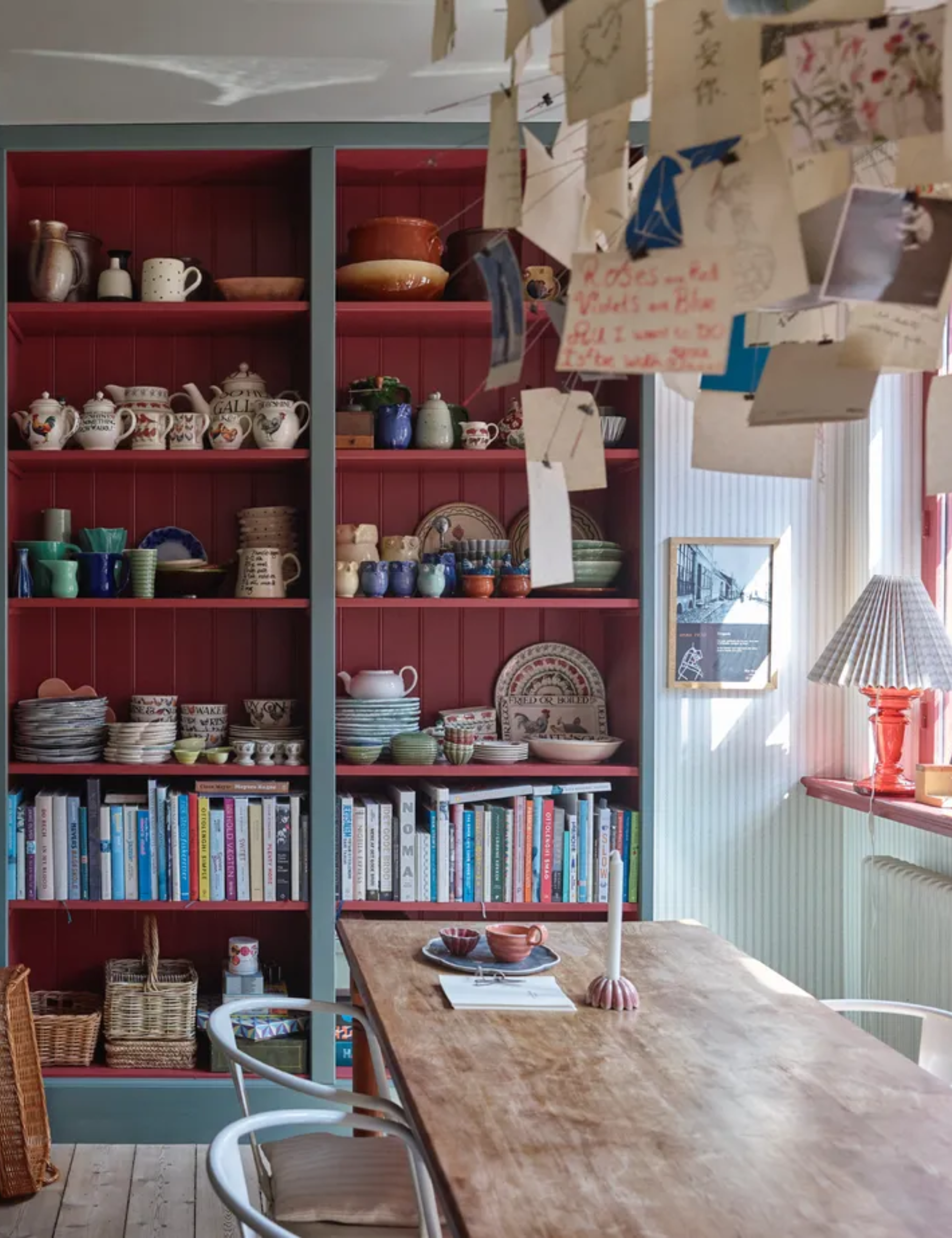
Last, but not least, this is where the room becomes yours. Layering often happens over time: the object brought back from a trip, the vase gifted by your sister-in-law, the piece you didn’t know where to put but couldn’t part with. In this sense, layering is permissive. It allows those items to live alongside what’s already there, rather than waiting for a perfect moment that never arrives.
‘Finish with the subtle, personal details,’ suggests M.H. Interiors' Madelynn Hudson. ‘Art, ceramics, books, and collected objects make a space feel lived-in and expressive. These are often the lightest touches but carry the most emotional weight.’
Layering is crucial to a lived-in space because it accumulates meaning over time. It isn’t about doing everything at once, but about letting a room build – piece by piece – through contrast and a few well-judged decisions.
Start with a strong base. Introduce materials that don’t quite match. Let older pieces push back against newer ones. Leave room for things to arrive later. In this way, layering is more of a lifestyle.

Julia Demer is a New York–based Style Editor at Homes & Gardens with a sharp eye for where fashion meets interiors. Having cut her teeth at L’Officiel USA and The Row before pivoting into homes, she believes great style is universal – whether it’s a perfect outfit, a stunning room, or the ultimate set of sheets. Passionate about art, travel, and pop culture, Julia brings a global, insider perspective to every story.